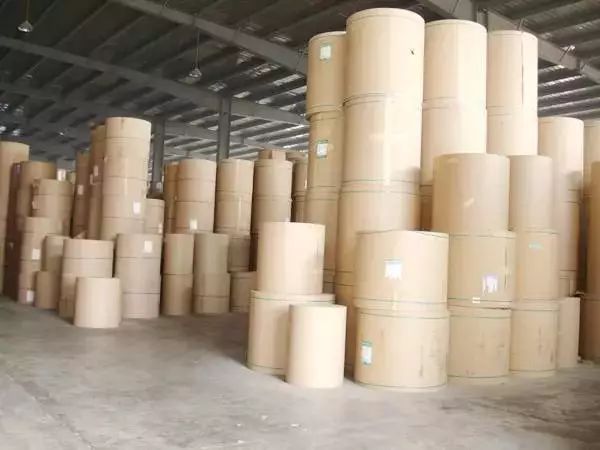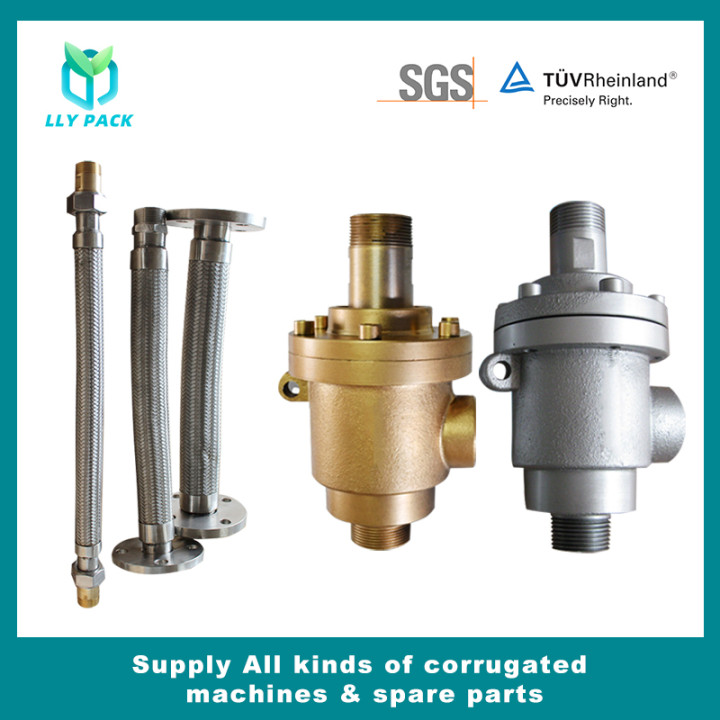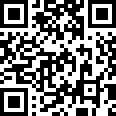So far, there has not been a truly scientific and accurate test on the characteristics and components of corrugated board. This is because there will be many uncertain factors in the detection process, or it depends on the processing method of paper, cardboard and carton. In addition, in the detection area, the temperature, humidity, the operation of the detection device and the changes in the contents of the carton are also the reasons. One. However, it should be wise to establish some guiding testing methods and select those testing methods that are important for comparing certain materials, paperboards and applications.
Paper
In order to standardize the various conditions that affect the performance of the paper as much as possible, it is necessary to control the various conditions reasonably and effectively. Taking the UK as an example, the test is usually carried out at a relative humidity of 50% and a temperature of 23 ° C indoors. The sample should be properly placed within 24 hours before the test.
Water absorption measurement
The recognized test method is the Cobb method, but this method is only applicable to facial tissues. First, clamp the metal ring or cylinder opened at both ends on the paper of a predetermined area and weight, so that the paper weight effectively closes the end of the metal ring or cylinder. The measured amount of water (usually 25ml) is poured into the storage area, and the residual water is poured out after the specified time. At this time, re-weigh the paper samples, and know the difference between the front and rear weights to calculate the water absorption rate, so as to compare the water absorption of different tissues. The specified test time is usually about one minute, and the time will be adjusted only when the paper is particularly hygroscopic.
The water drop measurement method can be applied to all papers. This method is easier, but the result is not accurate enough, but you can test it anytime and anywhere to compare different papers. Usually draw a circle on the paper as a mark, put a small amount of water into the center of the circle, and calculate the water absorption of the paper by measuring the water absorption time, that is, the time when the circle is soaked.
Air permeability test (measurement of the number of paper holes)
The commonly used method is the Gurley test method, which still needs to measure the time, but this time it is measured under the specified air pressure, the amount of air passing through the specified area on the paper (here used as a layer of diaphragm).
The fixed area on the paper is defined by the ring gauge. The compressed air then passes through this layer of "membrane" under the specified air pressure, and the amount of gas permeated can be measured with a manometer. The air permeability is usually expressed in units of "ml / min". The Bendsten test method is similar to this method.
Ring compression strength test (RCT) and other derived test methods (CCT and SCT)
During the test, a piece of paper tape 152 mm (6 inches) long and 12.7 mm (1/2 inch) wide was placed in the annular groove of a thick steel plate. The steel plate is laid flat, and the length of the paper strip can just form a roll along its annular groove. Put another horizontal steel plate on top of the paper roll, and then continue to press the paper roll until the paper roll is crushed. The applied pressure is the RCT index of the paper, usually in units of "Newton". This method is mainly used to test facial paper, but it can also be used to test corrugated core paper. The RCT index of these papers can provide a good reference for the final edge compression strength of the paperboards formed in the future.
Corrugated paper compressive strength test (CCT)
This method is specifically used to measure corrugated paper. Just as in the CMT test, the paper passes through the cold-pressed corrugated core paper forming machine and becomes the same core paper as the tile line. Like the RCT test procedure mentioned above, the forming core paper is also subjected to pressure, and the compression resistance can be calculated at the moment of being crushed.
Short-torque compression strength test (SCT)
Regardless of whether it is an RCT test or a CCT test, it can not be repeated, because the shape or vertical state of the paper when it is compressed may change, and the result will not be very accurate when the test is performed. Therefore, in order to maintain the consistency of testing, people have developed a test method for short-torque compressive strength of paper. Securely flatten the 15 mm wide paper tape with two splints, leaving a gap of 0.7 mm (0.030 inch) of free paper in the middle. One of the splints moves along the plane of the paper belt to the other splint under hydraulic pressure, squeezing the narrow paper belt in the middle, and the pressure when the paper is crushed is also measured. The test can be completed in both the machine direction (MD) and the machine vertical direction (CD).
Corrugated core paper flat compression strength test (CMT)
In the early stage of corrugated board production, industry insiders believed that it was necessary to measure the flat compressive strength of different corrugated core paper, so the corrugated core paper test device came into being. This time, a paper tape of 152 mm x 12.7 mm (6 inches x 1/2 inches) is also used. The paper tape is put into a cold-pressed core paper forming machine similar to that of a single-sided machine to become core paper. The core paper can also be formed by the heat roller on the single-sided machine, but it needs to be stored for a period of time after the tape is applied. Adhesive tape is used to imitate single-sided cardboard to ensure that the core paper does not deform after being removed from the single-sided machine. This single-sided paper tape can then be placed under pressure and can also be used for RCT and CCT tests. After the paper tape is compressed, there may be two types of crushing in the CMT test-either the flute "unfolded" or the side is damaged. In this way, the core paper and facial paper can be compared and tested. Similarly, the single-sided paper actually produced on the single-sided machine can also be used for testing to compare the actual and theoretical values of CMT.
For the "hot core paper" test, the sample paper is passed through the hot corrugated stick of the single-sided machine, and then placed between the plywood, repeating the above steps.
Moisture test
For moisture testing, a widely used tool is a hand-held hygrometer. Before using the hygrometer, the color or surface finish of the paper should be calibrated (affecting the light emission). In addition, refer to the instructions provided by the manufacturer.
Scott interlayer adhesive strength test
Stick one end of the sample paper to the metal base and the other end to the top corner member. Hit the vertical surface of the angle member with a pendulum pendulum until it separates from the pattern. The energy required to achieve this separation is often measured in units of "Joules per square meter".
Other tests done by paper mills include pH tests, paper brightness and smoothness tests.
Burst test (also suitable for corrugated cardboard)
The commonly used method is the Mullen test method, which should be equipped with an extended hydraulic elastic circular aperture, and a similar paper or cardboard disc sample is placed above it, and the disc sample is just clamped on the aperture . The liquid pressure at which the sample ruptures will be recorded, the so-called Mullen test value of the sample, usually in units of "kJ / m2".
Paper and cardboard thickness test
A micrometer is used to measure the thickness of paper and cardboard. The micrometer can control the pressure and replace the anvil appropriately.
Paper and cardboard weight test
Paper mills often use sensitive test scales to detect the weight of unit paper, and compare with the factory's standards. Determine the grammage and thickness, then the paper density will be immediately known. The weight of cardboard can also be determined by this method.
[NextPage]
cardboard
Edge Pressure Strength Test (ECT)
This test is very important, from which we can see the stacking strength of the carton after using such cardboard boxes, in which the corrugated surface of the standing carton is also erected. This test is similar to the CCT, CMT, RCT, and FCT tests. It is necessary to apply pressure to the paper tape. Both ends of the paper tape must be absolutely horizontally parallel and perpendicular to the axis. The ECT value is the pressure value measured when the cardboard is crushed.
The ECT value can be estimated slightly, that is, the RCT value of each side paper is added to the CCT value of corrugated core paper (paper shrinkage must be considered). For the first time, the composite corrugated paperboard that has been bonded for the first time and has a structural thickness needs to add 10% when calculating the ECT value.
Flat Compression Strength Test (FCT)
During the test, place the cut circular cardboard sample under pressure. Like the CMT test, there may be two types of crushing-if it does not appear, it is most likely due to the corrugated slope.
Bond Strength Test (PAT)
This test has a long history and is used to test the bonding strength of corrugated core paper and facial paper. The commonly used tool is a special "comb", the length of the protruding needle on this "comb" is twice the width of the cardboard, and the diameter can be placed in the flute of the cardboard to be tested. Insert a "comb" from each side of the rectangular cardboard sample, and then apply pressure to the two "combs" to separate them, that is, force the upper and lower papers to try to separate the facial paper and the core paper. The pressure value when the corrugated core paper and facial paper are torn is the measured PAT value of the cardboard. The bonding strength of each facial paper can also be measured separately, depending on which side of the convex paper the protruding needle is inserted into.
After the corrugated core paper and facial paper are torn apart, it is necessary to check whether the test actually failed the bond, or whether the bond strength between the layers of the paper is problematic, and the latter is generally the case.
Puncture strength test
The test element used was a pendulum with a pointed tool. During the test, the pendulum was dropped from a predetermined angle to allow it to pierce the cardboard sample. The degree of puncture will show the bursting strength of the tested cardboard, and the value will be displayed on a meter.
Carton
Carton compressive strength test
This test requires more pressure and is used to determine the potential stacking strength of the finished carton-that is, how high the carton filled with items can be stacked. This depends not only on the compressive strength of the top to bottom of the carton, but also on the weight of the contents and its own characteristics. If the main containers (such as cans and bottles) containing items have vertical strength in structure and are closely arranged in the carton, it will help to improve the compressive strength of the carton. Of course, the pressure on the carton at the bottom of the carton stack determines the required compressive strength of the carton.
The results of such tests are often very different from the actual results. The reason for this difference is either the different quality of the cardboard, especially the adhesive strength of each side of the cardboard, or the vertical cardboard surface of the carton is often deformed. These phenomena will occur in the process of loading items and even in the sealing process, mainly because the cardboard crimping line is not clear and difficult to recognize, or the creasing error is caused by the inappropriate or damaged crimping tool. When folding the rocker cover, it is necessary to clean it. Otherwise, the cardboard near the crimping line will bulge, and it may be crushed under the action of vertical pressure.
But the compressive strength of the carton also depends on the ECT value and perimeter of the carton and the thickness of the carton board. The McKee formula is commonly used to calculate the compressive strength of cartons. The formula is as follows:
BCT (kg) = 1.515 × ECT0.57 × T0.87 × (L + W) 0.47
Among them, ECT is the edge compression strength (kg / cm), T is the thickness of the cardboard (mm), and L and W are the length and width of the carton (mm), respectively.
Drop test
This test is not only for the carton, but also for the overall protection performance of its contents and some filled cardboard and other packaging. In the first 50 years of the last century, the test method was somewhat "rough": the test carton was thrown from the windows of the second or third floor onto the concrete pavement in the factory, and the results were visually observed or photographed. Later, people also put cartons on carts and rammed down a ramp or ramp down a hard surface, or rolled over cartons in drums to let them pass obstacles. Today, people have developed new seismic testing equipment.
Many electronic product manufacturers now specify the requirements for drop testing in detail, they do not allow any loss of the contents. As mentioned earlier, this test is not only the outer carton itself, but also the overall test of packaging design, packaging materials and specifications.
Some laboratory tests are necessary for comparative determination (if not absolute determination), and can also be called a means of quality control.(carton box, corrugated line, corrugated cardboard line, slotting blade)
However, in fact, the most important test is most likely to be completed by the operator. The test area is mainly near the paper feed bridge (testing the adhesive strength of the single-sided cardboard), and when the first bonded cardboard is off the line, the test cardboard can get a lot of useful information at this time, such as the adhesive strength, whether the cutting is square, Whether the cardboard is blistered or not, what is the compressive strength of the cardboard, is it sufficiently dry, and is there any warpage? Although the machine manufacturer succeeded in making the machine no longer require too many skills, it still requires the operator to understand some skills and plate-making principles, and the space for the operator to play his technical expertise has become smaller and smaller. In addition, it is also important to formally train the operating personnel, because the machine testing methods learned will come in handy immediately, and the results of the testing in the laboratory will come out later, which is also inevitable and understandable. In most cases, the results have not yet come out, and the test has been completed long ago. Now, many manufacturers have long omitted the test, and most of the testing equipment has been disposed of, leaving only the carton compressive strength testing device, flat compressive strength testing device and cardboard thickness measuring device. In some larger manufacturers, it is only at the center or headquarters of the district that they do random testing.












